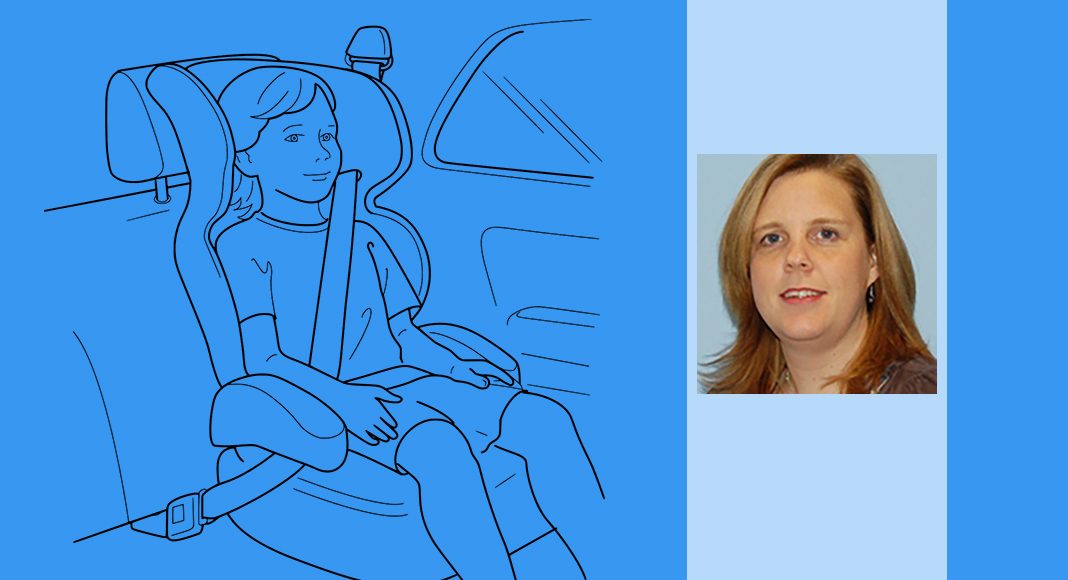With confusion still appearing to surround the impending changes to child car seat legislation, Tanya Robinson, Child Safety Centre Manager and TRL explains what the changes really mean for parents.
New research from Confused.com has revealed that many parents remain perplexed by the upcoming change in child car seat regulation.
Previously it has been reported that future changes to requirements for child restraints, or child car seats, will see the implementation of a blanket ban on booster seats. However, this sweeping statement can lead to confusion.
Child restraints are subject to two types of legislation – one that governs the approval of products for sale and one governing product use. The proposed amendment to the current legislation (UN Regulation 44, or R44) is not a blanket ban on the use of booster seats, but a restriction on the approval of booster cushions. Essentially, what it means is that moving forward, booster cushions will only be able to be approved for taller children – those above 125 cm in height and 22 to 36 kg in weight. At present, booster cushions can be approved for any child weighing more than 15kg.
One of the main reasons behind this change is to ensure that in side impact, a child is either protected by the child restraint or the vehicle restraint system (e.g. curtain airbags). For children under 125cm, they will not be positioned in such a way that the vehicle can provide protection and therefore this role must be fulfilled by the child restraint. It’s important to note that the proposed changes will apply only to new models that have yet to be approved and does not present a blanket ban on seats already on sale or in use.
TRL always advocates that parents or carers use a high-backed booster, rather than a booster cushion as these seats typically provide better protection. As well as providing side impact protection, high back boosters have a guide to ensure the diagonal section of the vehicle seat belt is routed on to the correct part of the child’s shoulder and away from the neck.
However, at the same time we recognise that there are some situations when a high back booster seat cannot be used, and in this scenario a booster cushion is better than no seat at all. If purchasing a booster cushion, look for one which has guide to position the vehicle shoulder belt on the child’s shoulder.
No matter what style of child car seat the consumer is purchasing, they should ensure that they buy a model that is approved to either Regulation 44 or Regulation 129 (does not currently include booster seats). It is compulsory for R129 seats to be tested in side impact but not for R44 approved products. However, some R44 products are also tested in side impact and can provide greater protection than other R44 approved products. Look out for information from consumer publications and the manufacturers regarding how their seats perform in side impact.
The proposed changes to legislation, whilst may appear confusing to parents, are a positive step in continuing to drive improvements in child safety. But in order to ensure that changes are fully and understood by parents, it’s vital that retailers, manufacturers and anyone advising on child seat safety is up-to-speed with the latest regulations, as well as information on how to fit car seats correctly. Regardless of what legislation and technology is put in place to improve child seat safety, if parents are not given adequate installation advice, as we have seen on many occasions, then safety will always be compromised.
Article authored by Tanya Robinson, Chid Safety Centre Manager, TRL. Originally appeared as a blog post on TRL and reposted on www.onemoresecond.net with permission from TRL.



















